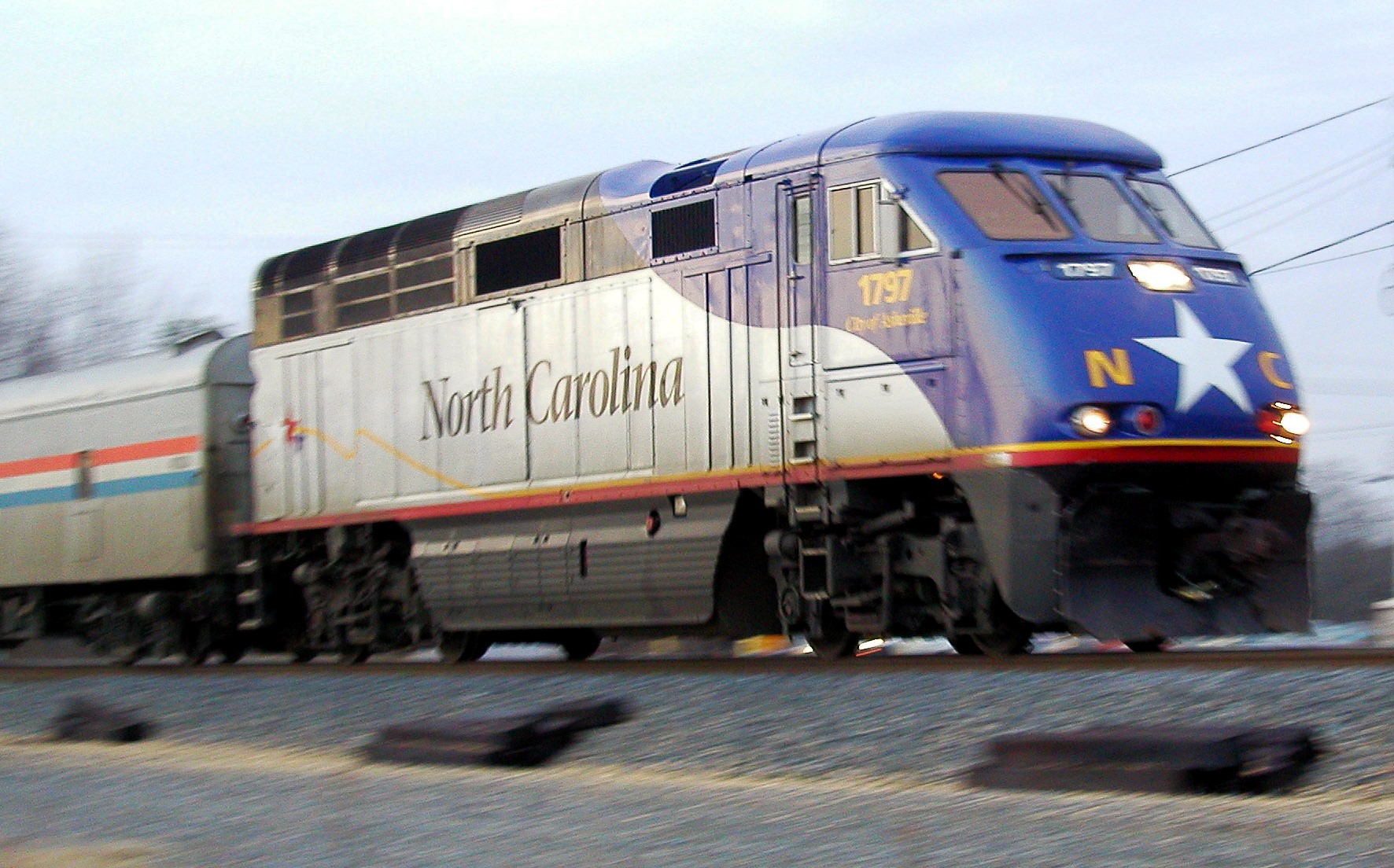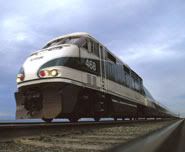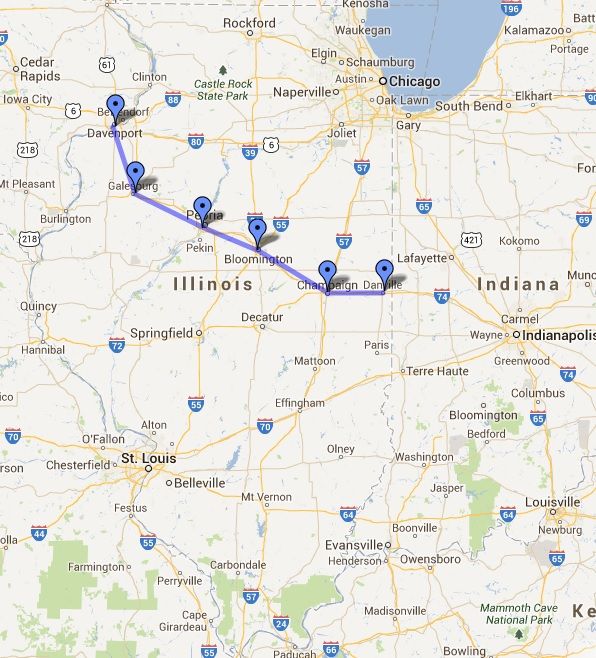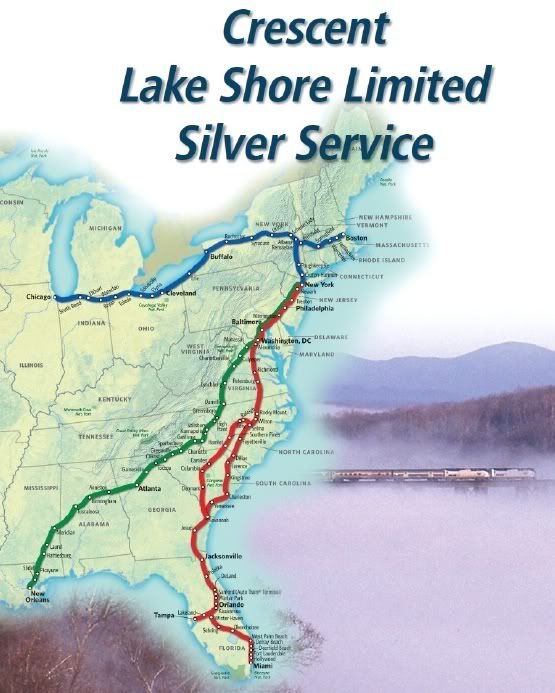 At the beginning of last month, Paul Druce of “Reason & Rail” discussed the possible impact of the pending upgrade of the Amtrak Acela route in Acela II is the path towards Amtrak operational self-sustainability:
At the beginning of last month, Paul Druce of “Reason & Rail” discussed the possible impact of the pending upgrade of the Amtrak Acela route in Acela II is the path towards Amtrak operational self-sustainability:
The forthcoming Acela II isn’t just supposed to be significantly faster than the current Acela service, cutting 24 minutes from the scheduled time between Washington and New York and 38 minutes between Washington and Boston, but it will also represent a significant boost in capacity. …
With an increase in seating capacity, Amtrak will be able to garner significantly more revenue, even if it lowers the price of Acela seating somewhat. This added revenue comes with no significant increase in operational cost and quite possibly a lowered cost, as there should be a higher rate of availability and lowered mechanical costs for what is essentially an off the shelf train, along with significantly lower energy consumption. With current averages for occupancy and passenger revenue unchanged, an Acela II train service could see $742 million in revenue, with $447 million in operational profit.
This will have an even larger effect upon Amtrak’s financial deficit than initially appears because starting in FY2014, the states bear a greater responsibility for the short distance train corridors. This had the affect of reducing Amtrak’s FY2014 budget request to only $373 million for the operating grant; 2013’s appropriation, by contrast, was $442 million.
Note that what Paul Druce refers to as “operational profit” is what I have been calling “operating surplus” in the Sunday Train, the surplus of revenues from operations over operating costs. This is nothing like an operational profit, at present, since a profit is a financial benefit from a difference between revenue and costs, and there is nothing in the current organization of the Acela services that make a surplus on their operations into a distinctive financial asset for any purpose … whether public or private.
Whether or not all or part of this operating surplus should be made into an operational profit is a question that goes to the heart of what is the purpose of Amtrak. The way that this surplus is spent can be the means to service a range of ends … but what are the ends that are a legitimate use of these means?
Since Amtrak was established, and exists, as a political compromise, this is not a question about what is the proper “End” for Amtrak activities, but what are the proper “Ends” for Amtrak activities.

 The Southeast HSR corridor can be divided between the “real” SEHSR corridor, where there is actual, ongoing work on improving the speed and, even more critically, the capacity of the corridor in support of services that will begin operating within the current decade, and the “notional” SEHSR corridor, the land of feasibility studies and preliminary planning, where even if a pedal to the metal intercity rail investment program were to commence in 2017, any new services entering into operation before the latter half of next decade would be subsidized conventional rail service.
The Southeast HSR corridor can be divided between the “real” SEHSR corridor, where there is actual, ongoing work on improving the speed and, even more critically, the capacity of the corridor in support of services that will begin operating within the current decade, and the “notional” SEHSR corridor, the land of feasibility studies and preliminary planning, where even if a pedal to the metal intercity rail investment program were to commence in 2017, any new services entering into operation before the latter half of next decade would be subsidized conventional rail service. I saw on the
I saw on the  Congressman John Mica, Republican from the Florida 7th district and member (former chair) of the House Committee on Transportation and Infrastructure, has been on the attack against Amtrak again. During the testimony to the committee by John Robert Smith, head of
Congressman John Mica, Republican from the Florida 7th district and member (former chair) of the House Committee on Transportation and Infrastructure, has been on the attack against Amtrak again. During the testimony to the committee by John Robert Smith, head of  While browsing the
While browsing the  Back in early June, in
Back in early June, in 
Recent Comments